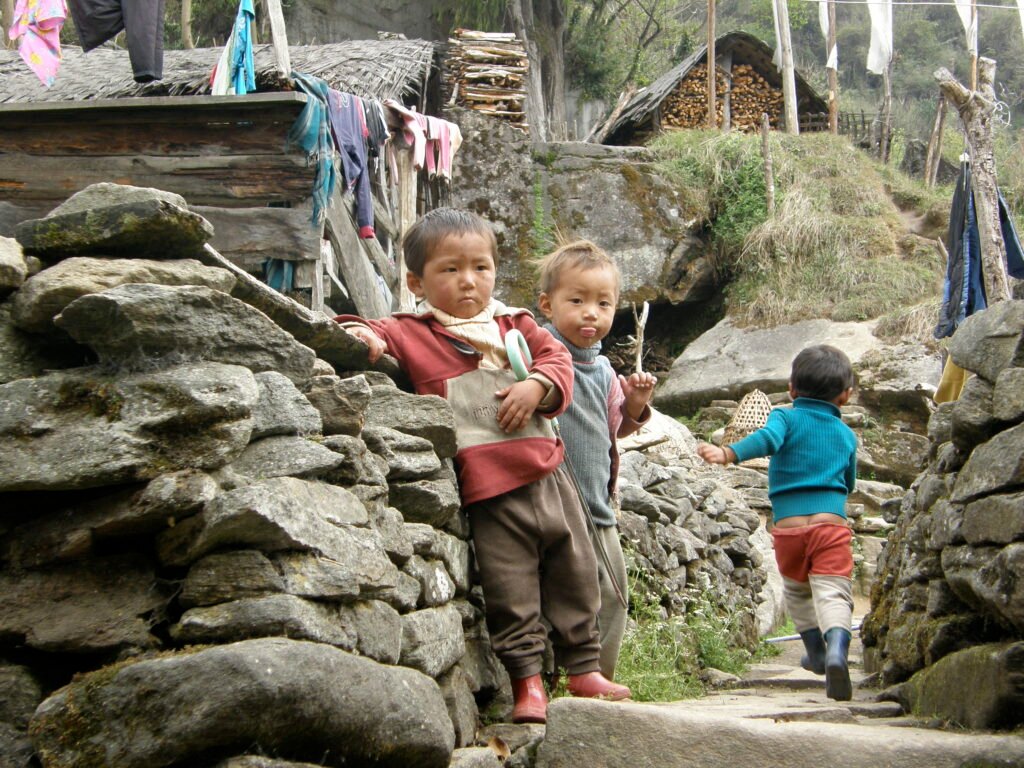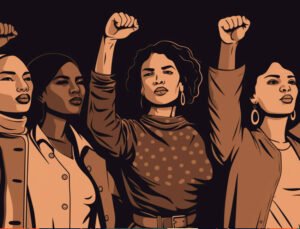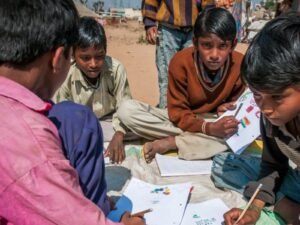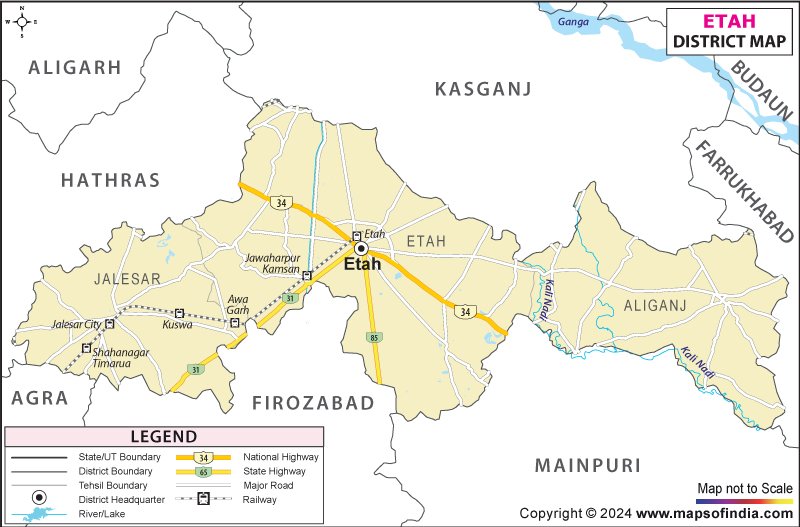UDAAN Effect in Border Line Villages: Kalyaan Trust’s Potential for Pioneering Upliftment
The challenges in border line villages are often multi-faceted, including limited infrastructure, restricted economic opportunities, and sometimes, a sense of isolation from the mainstream. However, these regions also possess unique cultural heritage, traditional skills, and a strong sense of community that can be leveraged for development. The UDAAN program’s integrated methodology can be particularly impactful here
- Bridging the Connectivity Gap through Education and Skill Development: For border line villages in Uttar Pradesh, access to quality education and relevant skills is paramount. UDAAN’s focus on establishing educational institutions and vocational training centers can bridge the connectivity gap by empowering local youth with the knowledge and abilities needed for sustainable livelihoods within their regions. This could involve relevant skill-based training for border areas, e.g., digital literacy for accessing online resources, repair and maintenance of agricultural equipment crucial in these areas, or even basic para-medical training to address healthcare shortages.
- Strengthening Healthcare Access and Awareness in Remote Areas: Healthcare accessibility is often a significant concern in border line villages. UDAAN’s approach of organizing health camps, improving local healthcare infrastructure, and raising awareness about health issues can have a profound “UDAAN Effect” by improving the well-being and productivity of these communities. Special attention could be paid to specific health challenges prevalent in border areas, like addressing common ailments and promoting hygiene practices.
- Fostering Economic Resilience through Locally-Driven Livelihoods: UDAAN’s emphasis on sustainable livelihoods can be tailored to the unique context of border line villages. This could involve supporting traditional agricultural practices with modern techniques, promoting local handicrafts and connecting them to wider markets (perhaps leveraging better digital connectivity), or fostering small-scale entrepreneurship that caters to the specific needs of these areas. For instance, in Uttar Pradesh border regions, this might mean livelihood opportunity relevant to the area, and supporting local dairy farming with better access to veterinary services and markets, or promoting tourism that respects the ecological and cultural sensitivity of the border region.
- Empowering Communities for Self-Reliance and Ownership: The “UDAAN Effect” in border line villages will be most sustainable when communities are empowered to take ownership of their development. UDAAN’s focus on forming self-help groups, promoting local leadership, and encouraging community participation can build strong social structures and ensure that development initiatives are aligned with local needs and aspirations. This is particularly crucial in border areas where a sense of inclusion and empowerment can contribute significantly to social cohesion and resilience.
The potential impact of Kalyaan Trust’s UDAAN program in the border line villages of Uttar Pradesh is significant. By addressing the critical needs of education, health, livelihoods, and empowerment in an integrated manner, the program can act as a catalyst for positive change. The “UDAAN Effect” here would not only mean socio-economic progress but also the strengthening of these vital regions, fostering a sense of security and belonging among the residents who are, indeed, the first line of defense for the nation.
As Kalyaan Trust potentially extends its UDAAN program to these crucial areas, its pioneering approach holds the promise of unlocking the untapped potential of border line villages, cultivating resilience, and enabling these communities to truly soar towards a brighter and more self-reliant future.










